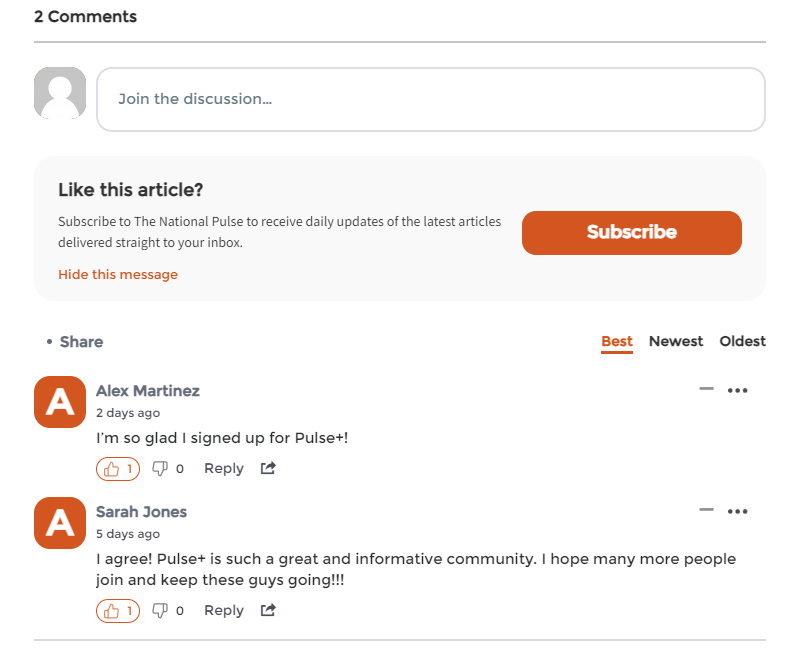❓WHAT HAPPENED: The Consumer Price Index (CPI) crept up in August. Headline CPI rose 2.9 percent year-over-year, while core CPI increased 3.1 percent. However, goods prices remained muted, with the increase being driven primarily by shelter costs.
👤WHO WAS INVOLVED: The U.S. economy, American consumers, and the Federal Reserve.
📍WHEN & WHERE: The CPI data was released on Thursday, September 11, 2025.
🎯IMPACT: The headline CPI numbers may give the Federal Reserve a degree of pause at next week’s Federal Open Market Committee (FOMC) meeting, though Wall Street still anticipates the Fed moving to reduce interest rates.
The Consumer Price Index (CPI) crept up in August. Headline CPI rose 2.9 percent year-over-year, while core CPI increased 3.1 percent. While the numbers suggest that inflation may be stubbornly holding steady just above the Federal Reserve’s two percent target, they also reveal that—despite predictions by most critics—President Donald J. Trump’s tariffs are having little overall impact on prices for American consumers.
Shelter (housing) was the single largest driver of price increases in the month-over-month CPI and is reflected similarly year-over-year. Meanwhile, goods inflation remains muted, undermining assertions that U.S. tariffs on foreign experts would cause prices to surge or reignite inflationary pressure.
Concerningly, the muted goods inflation—when taken with Wednesday’s Producer Price Index (PPI) print—gives credence to concerns about deflationary pressure in the economy. The deviation between the rate of increase in prices between shelter and goods suggests possible lagging demand among consumers for everyday items.
The headline CPI numbers may give the Federal Reserve a degree of pause at next week’s Federal Open Market Committee (FOMC) meeting. However, the lack of acceleration in goods prices, the deflationary PPI print from Wednesday, and the concerning August jobs numbers—along with the significant downward benchmark revision for the labor market for the end of 2024—have Wall Street still anticipating the Fed moving to reduce interest rates.
Join Pulse+ to comment below, and receive exclusive e-mail analyses.




















